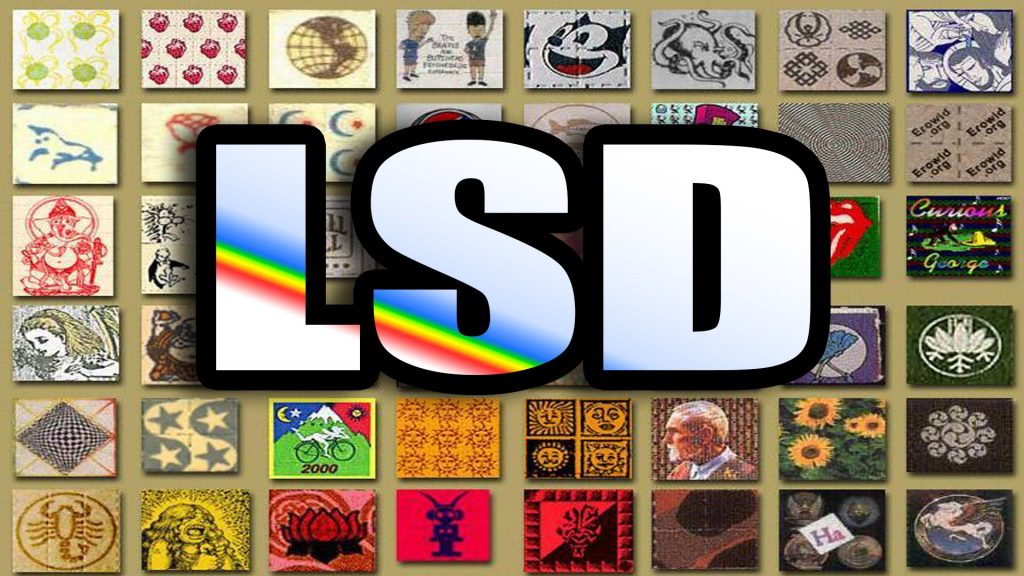
LSD
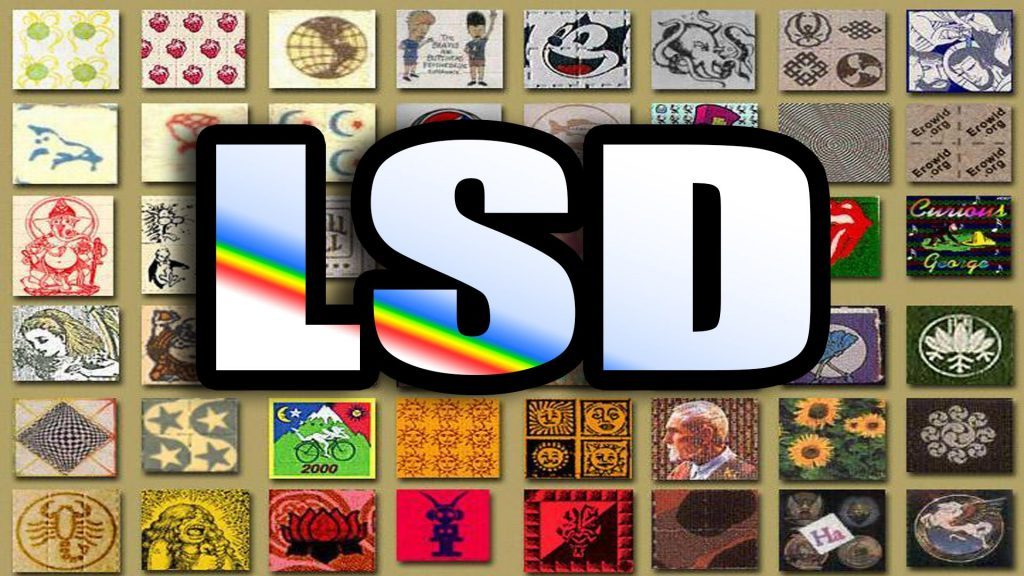
Acid, Blotter, Cid, Doses, L, LSD, Microdots,Tabs, Trips
LSD – is a substance without color, taste and smell, crystallizes in the form of prisms. Insoluble in water, sensitive to oxygen and ultraviolet radiation.
LSD is synthesized from lysergic acid (chemical formula – C16H16O2N2), which in turn is isolated from ergot (Claviceps purpurea) – a microscopic fungus, parasitizing on cereals. Since the process of chemical synthesis requires special skills and equipment, the bulk of the drug is produced in specially equipped laboratories. It is believed that the lion’s share of illegal LSD is produced in the USA and Canada.
LSD is the most famous psychedelic drug used as a recreational drug. In the past, before the prohibition of use in medical practice, it was used in psychiatry for the treatment of various disorders and mental disorders, including schizophrenia.
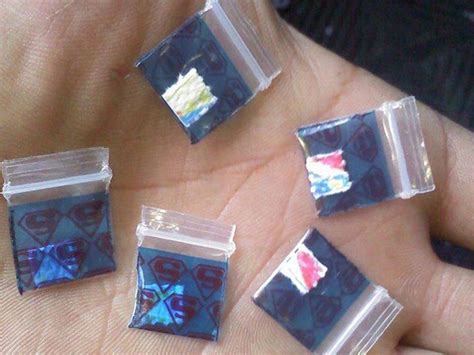
LSD history
LSD, LSDV 1938, working on the creation of a medicine to improve blood circulation from ergot alkaloids, the Swiss chemist Albert Hofmann (Albert Hofmann, born January 11,1906) first synthesized LSD. Work on the creation of new drugs was carried out in the laboratory of the company “Sandoz Pharmaceutical”, and at first a new substance did not arouse interest as a pharmacological drug. Hofmann returned to studying the properties of LSD only in 1943. On April 19, 1943, he tested on himself the effect of the drug, while experiencing an unusually powerful mental experience.
Subsequently, there was a great similarity between the symptoms of a person under the influence of LSD and schizophrenic syndrome. Scientists have suggested that research in this direction will help to understand the nature of schizophrenia – one of the most mysterious diseases of the psyche. In the early 1950s, many psychiatric institutions began conducting experiments with LSD in animals, and subsequently in humans, in this direction. Further, in the 1950s and 1960s, there was widespread discussion in the medical and research circles about the use of LSD for the treatment of various mental disorders and even alcoholism.
In the United States in 1951, the CIA joined the experiments with the drug by opening a special program in which the drug was tested on volunteers – mainly university students. Many believe that it was this secret service that opened the way to the widespread use of the drug as a narcotic drug.
In 1960, Harvard University professor Timothy Leary (Timothy Leary -1920 – 1996) established the “Psychedelic Research Project”, which attracts a lot of students.
Since 1962, a campaign has begun in the United States to restrict the use of the drug, leading to its complete ban in 1967.
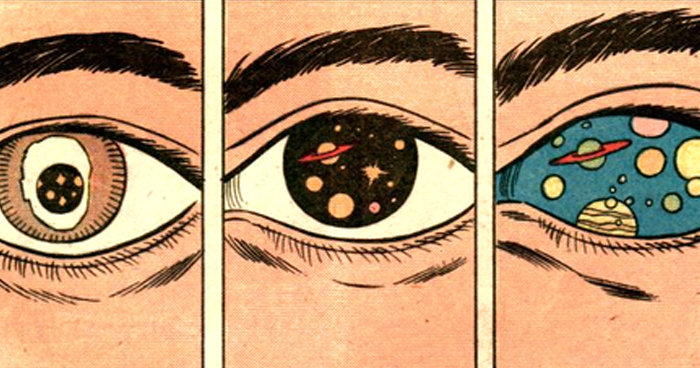
Timothy Leary. Biography Facts:
In 1963, in the wake of the campaign against LSD, Leary and his associate Richard Alpert were dismissed from Harvard. In 1966, Leary created the semi-religious organization League of Spiritual Development, whose main task was to popularize LSD. The project eventually gained a wide
fame, and Liri received an epithet “LSD-guru” in the press. For active promotion of the psychedelic drug Leary has been repeatedly prosecuted by the authorities. In 1970, he was arrested on charges of possession and use of drugs and was sentenced to ten years in prison. Leary escaped from prison and
he took refuge in Switzerland, but in 1972 he was arrested again and sent to prison, where he spent four years until his release in 1976. The phrase of Dr. Leary “Turn on, tune in, drop
out ”-“ Turn on, tune in, fall out ”, which has actually become the motto of supporters of the use of psychoactive substances.
Some researchers agree that the ban on LSD in the United States and around the world was provoked not only and not so much by the properties of the drug. The most likely reason is considered to be the fright of a conservative-minded society before the tendencies to large-scale social changes that spread among the youth at that time, and gave rise to the hippie movement and protests against the Vietnam War.
For several decades, in many countries, LSD has been officially banned not only for medical use, but also as an object of scientific research. However, some international organizations, such as the Beckley Foundation (Beckley Foundation), MAPS (Multidisciplinary Association for Psychedelic Studies) and the Albert Hofmann Foundation (The Albert Hofmann Foundation), continue to research in this direction.
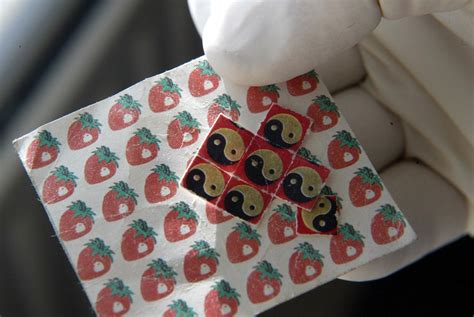
The uniqueness of the drug lies in the fact that only a few molecules are enough to have such a powerful effect on billions of brain cells.
There are no documented cases of death from an overdose of LSD. However, there are confirmed cases of accidents and suicides associated with its use.
When taken concomitantly with antidepressants and other psychoactive substances, an uncontrolled increase in the intensity of the action of LSD is possible, which makes such a technique highly undesirable.
The lethal dose prescribed for monkeys is 1-5 mg per kilogram of its own weight.
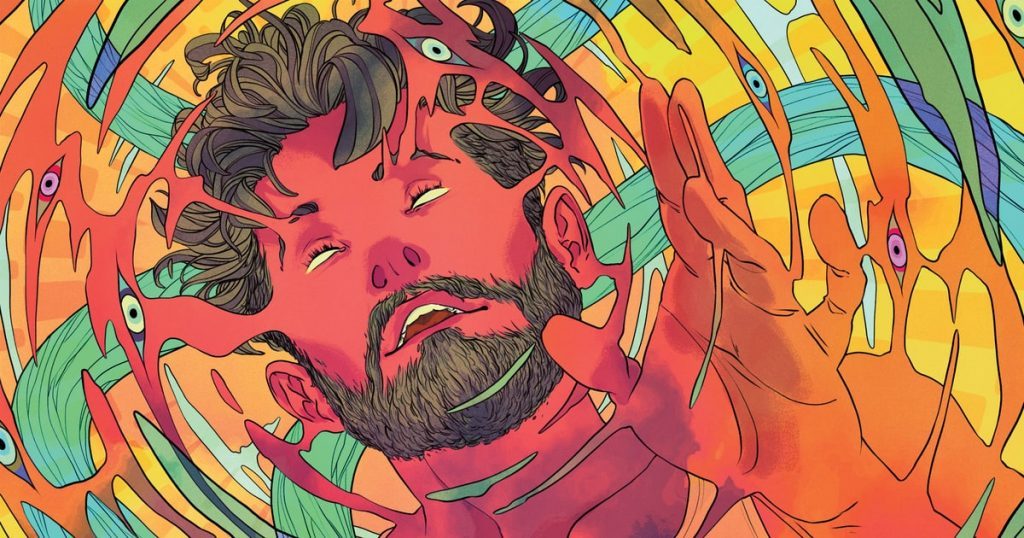
LSD action
The biochemical mechanism of action of LSD has not yet been studied. It is known that being a structural analogue of serotonin, the drug acts on dopamine and adrenaline receptors, causing their excitation.
The total duration of effects from LSD is 6-12 hours. Peak exposure is felt 1-2 hours after ingestion, followed by a three to five hour plateau, gradually moving into a recession stage. The combination of the effects caused by LSD in slang is called trip. (Trip (eng.) – travel, trip). These effects are quite different for different people, depending on many circumstances.
including the dosage of the drug, the internal state of the subject and the external environment. In general, if the subject is not internally prepared for the action of the drug, or is in an inappropriate or unfriendly environment, the trip is likely to leave him only negative memories.
The visual effects of the LSD trip are expressed in an unusual perception of color and sound, a distortion of the appearance of familiar objects and people, and an altered perception of time.
There is a feeling that the whole environment seems to be “swimming and breathing”, constantly changing. Behind the closed eyes appear unusual changing colorful patterns. There is a general surge of energy, mood boosts and an increase in associative thinking.
Everything around us is seen so strange and unusual – and at the same time, with surprising depth and harmony – that this state is experienced by many as mystical or spiritual revelation. Any idea that arises in the brain is capable of repeatedly transforming and amplifying so much that it causes incredible intensity of emotional experiences. For some people, these experiences become the starting point for deep personal transformations and the creation of a new personality.
Physiological reactions to the action of LSD also vary widely, and can manifest themselves in fever, saliva and sweating, arrhythmias, hyperreflexia, severe pupil dilation and “goose bumps”. Nausea and dizziness, a sharp change of emotions, temporary color blindness are also possible. With a sharp negative psychological effects of the drug (the so-called bad-trip), sudden pressure drops, difficulty breathing, unreasonable panic and paranoia can occur.
Withdrawal syndrome is mild. It manifests itself on the following day after administration, and is mainly characterized by a decrease in motor activity.
As a rule, everything that happened during an LSD trip is stored in memory with many details for a long time. Manifestations of amnesia are atypical.
Many researchers believe that the strength of the psychological effects of LSD and similar substances may be useful in psychotherapeutic and substance abuse practices for treating patients. One study notes that “the essence of the therapeutic potential of LSD lies in its ability to induce a state of mind, in which positive self-esteem and rejection of selfish points of view easily occur.”
The analgesic potential of the drug for the treatment of chronic pain syndrome is also interesting.
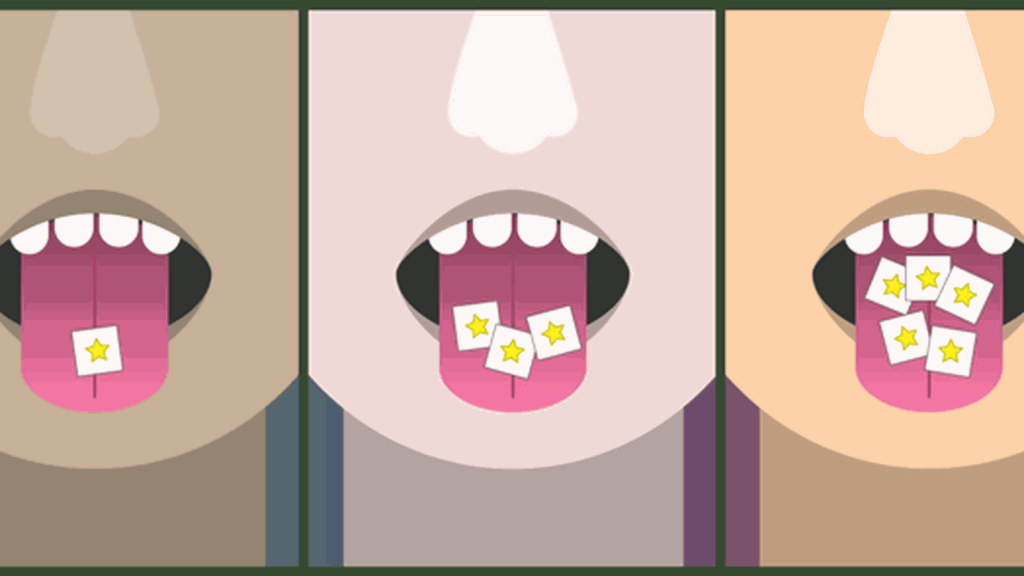
Legislation
In most developed countries, LSD is legislatively related to drugs, the circulation of which is either completely prohibited or subject to strict control and licensing.

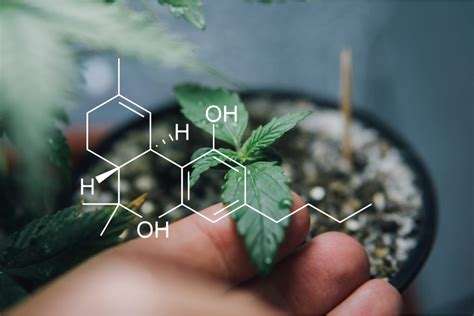 Cannabinoids
Cannabinoids 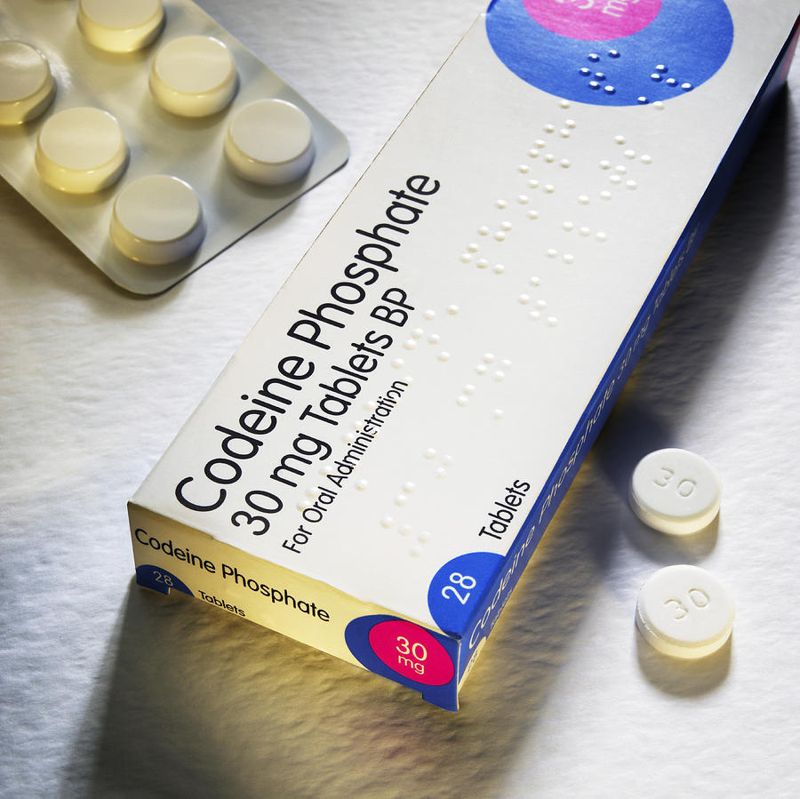 Codeine, Dihydrocodeine
Codeine, Dihydrocodeine 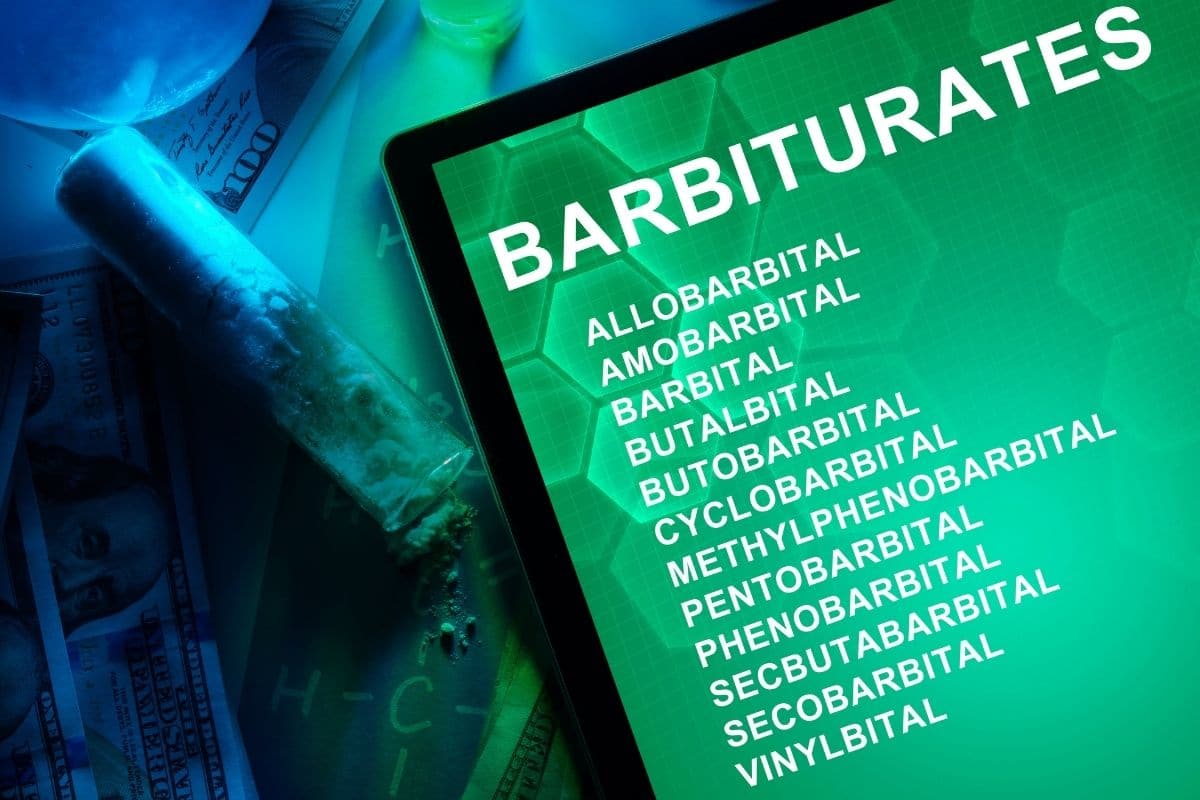 Barbiturates
Barbiturates  Opium antagonists
Opium antagonists 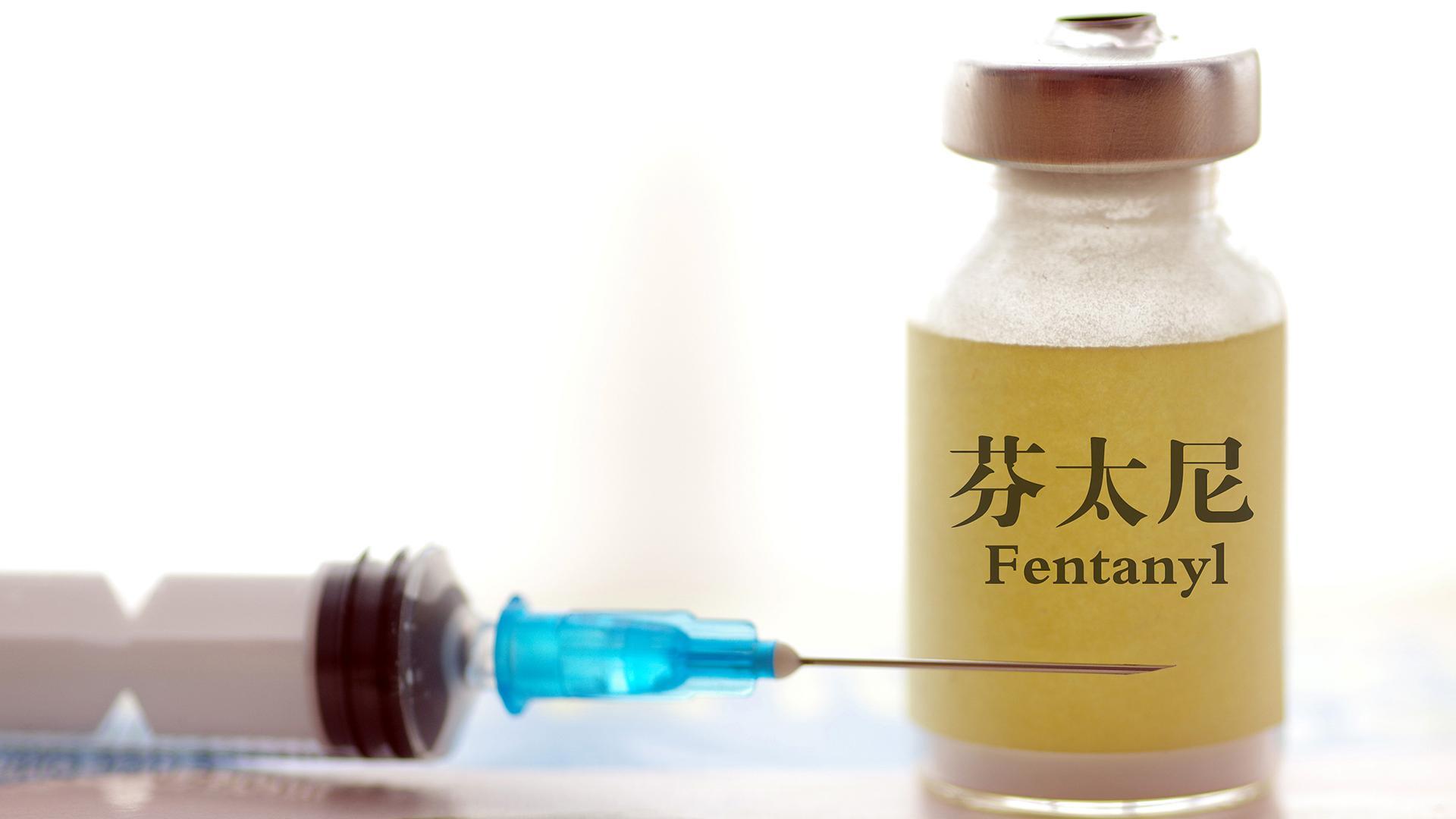 Fentanyl
Fentanyl 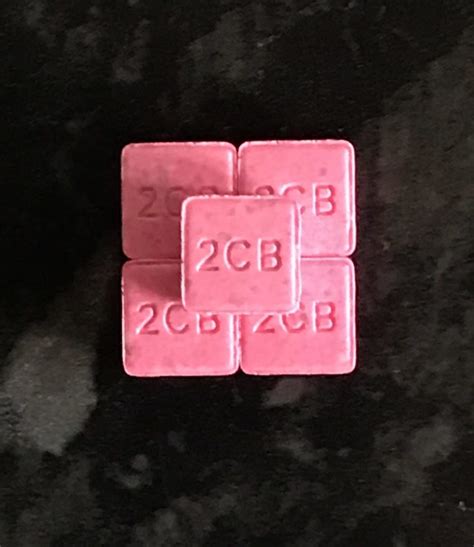 2C-B
2C-B 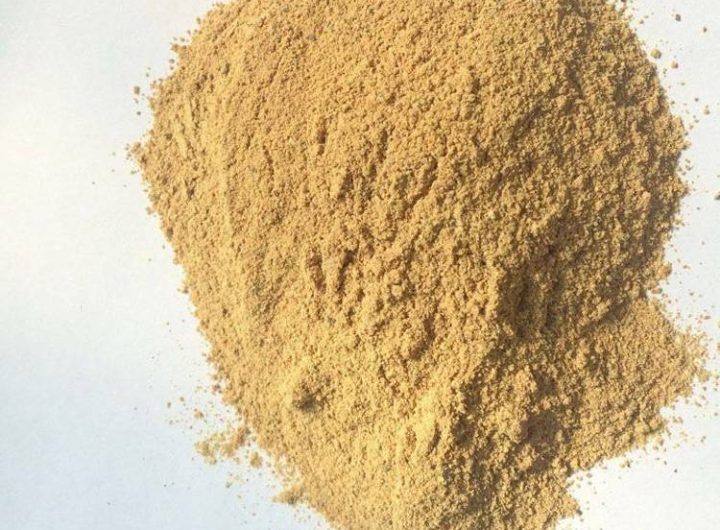 MGM-15
MGM-15 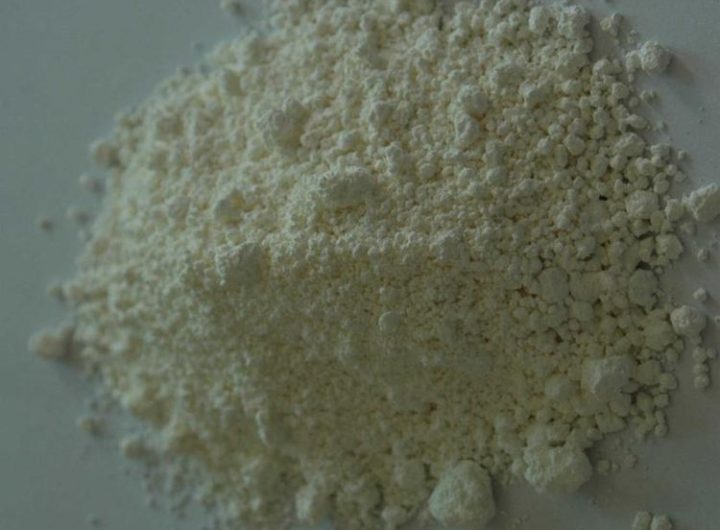 PiPTapentadol
PiPTapentadol  Methoxptamine (MXP)
Methoxptamine (MXP)  Nortilidine
Nortilidine